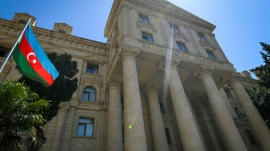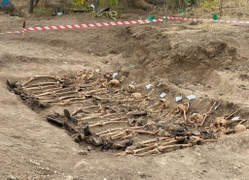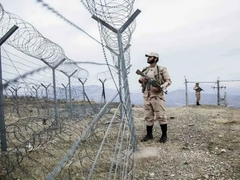Today Azerbaijanis are paying homage to the victims of Soviet repression that claimed more than 140 lives on this date in 1990, marking the 30th anniversary of a day known as Black January. Three decades later, the day is still remembered as residents of Baku gather every year at the Alley of Martyrs where the victims of the horrific events are buried.
There, black marble contrasts sharply with red carnations, a mournful symbol of the 20th of January. The golden dome of the Eternal Flame memorial complex shines along the skyline, symbolizing those that sacrificed their lives for the independence of Azerbaijan.
Anar Aghayev, a resident of Baku, is a frequent visitor to this place to honor those killed during what were turbulent and changing times, when the Soviet Union was living out its final moments.
‘‘I often come to visit the Alley of Martyrs. The memory of our martyrs is sacred for each of us, because they gave their lives for the independence and territorial integrity of Azerbaijan,’’ he says, adding that his uncle was among those killed during the events of Black January.
In 1988, shortly before the world’s largest empire ceased to exist, Armenia – a Soviet republic established in what were historical lands of Azerbaijan – took advantage of the geopolitical situation and expelled 250,000 Azerbaijanis. This was the last portion of the Azerbaijani population that had remained in Armenia after a series of mass deportations earlier in the 20th century. At the same time, Armenia conspired to overtake and occupy Azerbaijan’s Nagorno-Karabakh region which is internationally recognized territory of Azerbaijan but had been partially populated with ethnic Armenians living alongside indigenous Azerbaijanis.
Armenia’s actions caused hundreds of thousands of Azerbaijanis to take to the streets of Baku, demanding that Soviet authorities in Moscow put a stop to these actions. The Soviet leadership, however, did not respond and turned a blind eye. The mass protests of Azerbaijanis in Baku against the policies of the Soviet Union turned into an independence movement for Azerbaijan.
Yerevan violated Azerbaijani jurisdiction when Armenia's parliament voted in early 1990 to include the Nagorno-Karabakh region of Azerbaijan in its budget plan, which revealed Yerevan’s intent to annex the region. As a result, Azerbaijanis flocked to the streets in Baku again to express their mass protests against the Soviet Union’s policy towards the fate of the Nagorno-Karabakh region.
Fifty-thousand army of the Soviet military troops and special forces surrounded Baku. On Friday evening, January 19, 1990, Soviet tanks rolled into Azerbaijan’s capital and destroyed everything in their path, killing more than 140 civilians. Around 800 were injured, dozens more went missing, and over 840 were arrested.

A bullet fragment remains lodged in the body of Samir Piriyev, now age 51. On that Friday night 30 years ago, he was on duty in the northern part of the city and suffered four gunshot wounds in his leg.
“We could not imagine that the Soviet army would open fire on its citizens. They wanted to break us, but they forgot that we are the Turkic people,” Piriyev said in an interview with Anadolu Agency, referring to the Turkic language family to which Azerbaijanis belong.
On January 22, more than one million people flocked to the streets to mourn those who were killed two days earlier. The victims were buried in Highland Park, now known as the Alley of Martyrs.

The first grave at the entrance to the alley belongs to a newly married couple, Fariza and Ilham Allahverdiyev. Ilham was shot dead by Soviet troops, while Fariza committed suicide after having learned about her husband’s death.
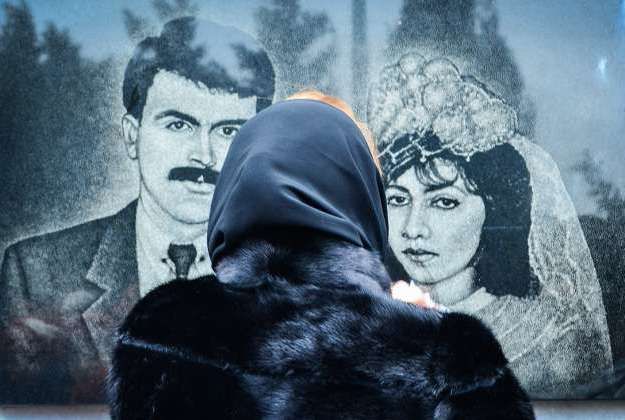
What unfolded that weekend is remembered by Azerbaijanis as a nightmare. Bloody events also took place in the cities of Neftchala and Lankaran in the south, where eight people fell victim to Soviet bullets on January 25 and 26. But many say that the events in January made an invaluable contribution to the restoration of sovereignty and the independence of Azerbaijan, as the population lost its confidence in Soviet authorities in Moscow.

‘‘First, the [events] of the January 20 have proved the deep crisis of the Soviet administrative and ideological system,’’ says Azer Khudiyev, Azerbaijan’s ambassador to Ukraine. ‘‘If the country’s [Soviet Union] leadership points guns at its unarmed citizens, it unlikely has a historical and legal right to exist. And so it happened - after the ‘Bloody January,’ the USSR collapsed.’’
The Soviet Union was dissolved in December 1991, at which time it broke up into 15 independent states, the Republic of Azerbaijan being one of them.


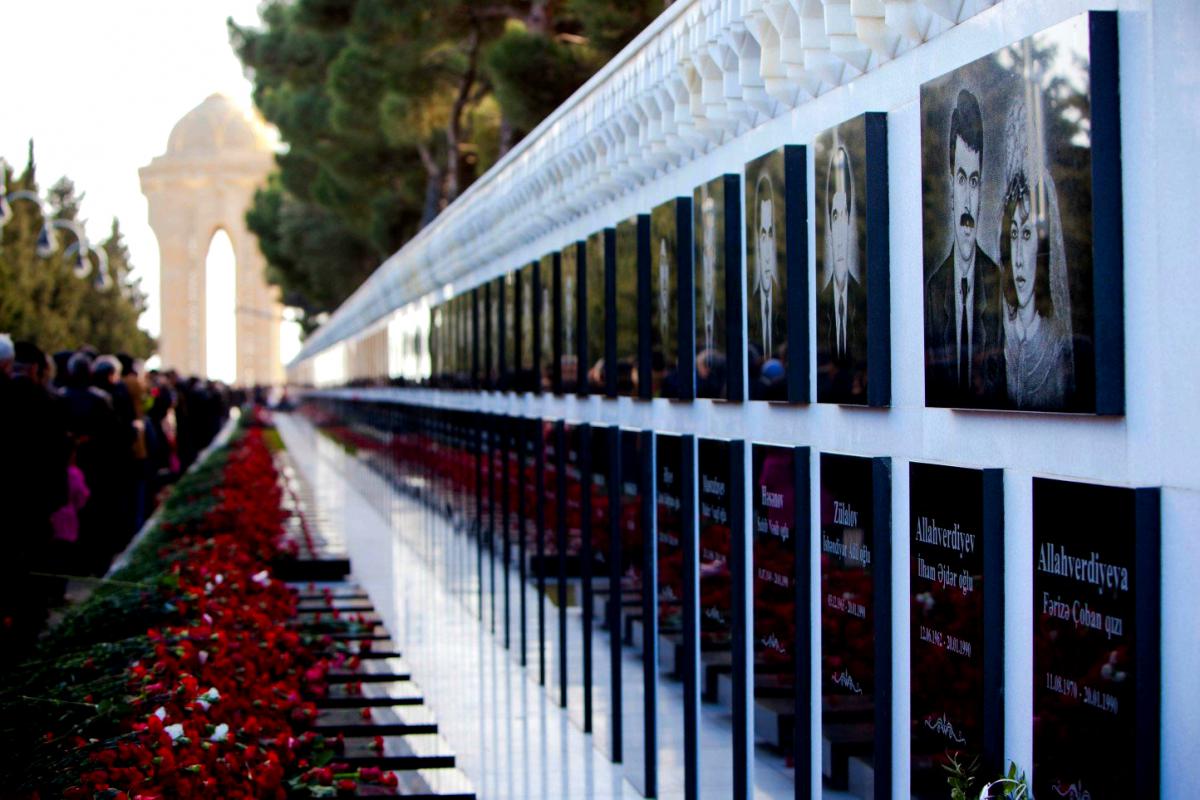




 The Iranian and Cuban transport ministers have discussed expanding maritime and air transportation cooperation.
The Iranian and Cuban transport ministers have discussed expanding maritime and air transportation cooperation.
 Kyrgyzstan has joined the extensive reconstruction efforts in the Karabakh region of Azerbaijan, after a series of mega initiatives were launched b...
Kyrgyzstan has joined the extensive reconstruction efforts in the Karabakh region of Azerbaijan, after a series of mega initiatives were launched b...
 Iran is moving to fortify its eastern border with Afghanistan in a bid to fight illegal migration and drug trafficking, along with enhancing security.
Iran is moving to fortify its eastern border with Afghanistan in a bid to fight illegal migration and drug trafficking, along with enhancing security.
